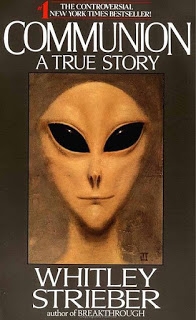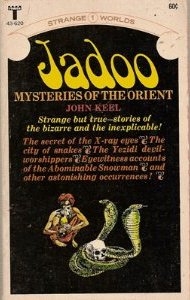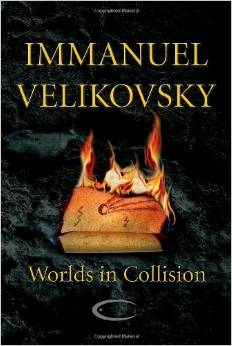Communion was one of the two books back in the late 80's that brought the face of the grey alien into popular culture. Strieber took a lot of heat for his story, from both sides of the tracks. Believers in the Extra-Terrestrial Hypothesis attacked him for claiming that he didn't believe that was necessarily the answer, and, of course, the closed minded skeptical community attacked him for suggesting that something like this may be real.
For the record. I believe his story. I believe he is telling the truth as he knows it. I read this originally back when it came out, and felt that after 20 years, I should re-read it and see how I felt about it from my current perspective. My feelings haven't changed. This was an important book. It made people more comfortable about talking about their own experiences. Whitley approaches this with common sense and skepticism. He spends a lot of time trying to see if his experiences were somehow caused by hallucinations or medical issues, like temporal lobe epilepsy, which they were not. Even at this early point, though, he realizes that dealing with the UFO Phenomenon, literally challenges our view on what reality is. As I read this, I got the feeling of someone painting a painting, representing their normal life, while all the while another painting was being painted underneath, and only a crack reveals it's existence. And as that crack is widened, more of the painting underneath, this hidden world, comes into awareness. It was always there, and we have no idea how it got there without us knowing. It's disturbing. And enlightening. If you are interested in the paranormal and have never read this classic piece of work, you should. It is as valid today as when it was published. It is pure, straight to the point, and free of any kind of agenda. As Whitley takes your through his awaking into what happened to him, you can feel what an impact it had on him. As strange as it all may sound, I am sure it was 1000 times worse for him.
I do plan on reading, at very least, Transformation again as well, as I think that had even more of an impact on me than this did.



